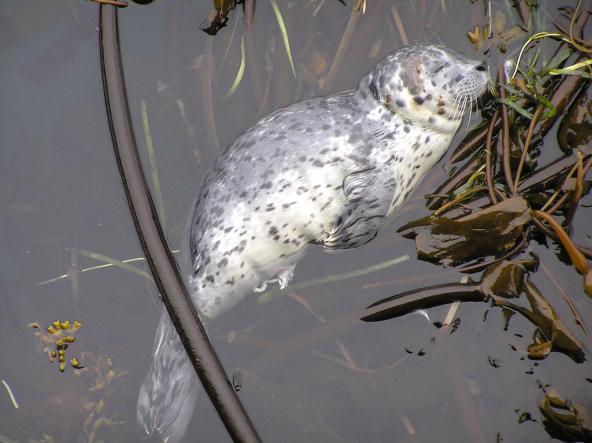Congenital diseases in harbor seals from the Salish Sea
An article published in the Journal of Wildlife Diseases in 2021 describes trends in birth defects among harbor seals in the Salish Sea from 2003 to 2019. The results suggest a level of congenital disease in this harbor seal population that is important for continued monitoring.

Abstract
Postmortem data for harbor seals (Phoca vitulina richardsii) in the Salish Sea were analyzed for epidemiologic trends in congenital diseases. Cleft palate, cleft lips, or both (n=8) and cardiac defects (n=5) were the most common congenital abnormalities, followed by cases with multiple defects (n=4). No temporal trends or spatial clusters of cases were seen from 2003 to 2019, during which time monitoring effort was consistent. Cases could not be linked to specific causes such as environmental contamination or maternal malnutrition. Our study suggests that a yearly prevalence of 2.9%±2.2 is the endemic level of congenital disease in this stable harbor seal population. Continued monitoring of birth defects and overall harbor seal population status could help to identify emerging teratogens.





